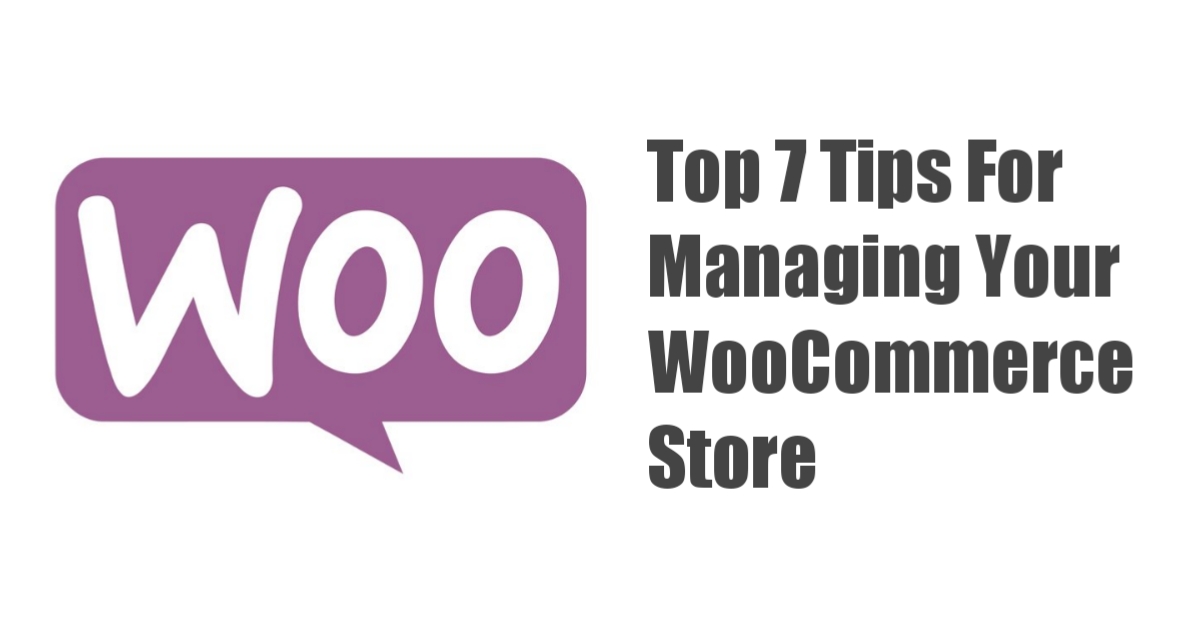With over 5 million active stores and powering over 26% of global online shops, WooCommerce is one of the most popular eCommerce platforms. It’s easy-to-use, has highly responsive themes, and its SEO-friendly features make it a great choice for online businesses.
If you already have a WooCommerce store, or are thinking of using WooCommerce to build your online shop, here are some top tips for managing your store.
Choose a Powerful Hosting Service
Your hosting service plays a crucial role in the performance of your WooCommerce store. A good hosting service provides you with fast loading speeds, reliable uptime, and top-notch security.
Hosting WooCommerce on AWS or any other powerful platform is a great way to ensure your store always has the resources it needs to perform at its best. You will also get top-of-the-range features such as SSD storage, unlimited bandwidth, and automated backups.
Use a Fast & Reliable Theme
Your WooCommerce theme can also have a big impact on your store’s performance. A good WooCommerce theme like Shopay wooCommerce WordPress theme will be fast loading, responsive, and easy to navigate. It should also be compatible with the latest versions of WordPress and WooCommerce.
Research shows that over 53% of visitors wait for no more than three seconds for a page to load before they give up and move on. Therefore, if your WooCommerce store is slow loading, you could be losing out on potential sales.
Choose a theme that has been designed specifically for WooCommerce stores, such as Storefront or Shop Isle. These themes work seamlessly with WooCommerce, ensuring your store always looks its best.
Choose Product Categories & Tags Carefully
When setting up your WooCommerce store, it’s important to choose your product categories and tags carefully. Product categories help shoppers find what they are looking for on your store. This is why it’s important to make sure they are relevant and accurately describe the products in each category.
You can also use tags to further describe your products and to help shoppers find what they are looking for. For example, if you sell snowsuits in your store, you could use tags such as ‘men’s snowsuits’, ‘women’s snowsuits’, or ‘kids’ snowsuits’.
Use High-Quality Product Images & Videos
Product images and videos are a great way to showcase your products and help shoppers make informed purchase decisions. When selecting product images, try to use high-quality photos that accurately represent the product.
It can also be helpful to use videos on your product pages. A quick video demo of the product can give shoppers a better idea of what they are buying and help increase conversion rates.
Track Your Inventory Levels
Keeping track of your inventory levels is essential for any WooCommerce store. If you run out of stock of a popular product, you could lose out on sales. Conversely, if you have too much stock of a product that isn’t selling well, you could end up with deadstock.
There are a few ways to keep track of your inventory levels. The simplest way is to manually keep track of your stock levels using a spreadsheet.
However, if you have a large WooCommerce store with many products, it’s helpful to use an inventory management plugin. These plugins automatically update your stock levels and can send you alerts when inventory is low.
Some of the most popular inventory management plugins for WooCommerce include ATUM Inventory Management for WooCommerce, WP Inventory Manager, WooCommerce Out of Stock Manager, and many more.
Leverage WooCommerce Analytics
If you want to run a successful WooCommerce store, it’s important to track your performance and analyze your data.
WooCommerce comes with built-in analytics that can help you track your sales, customers, and product performance. You can also use Google Analytics to track your WooCommerce store’s traffic and conversion rate.
There are also several plugins that can help you track your WooCommerce store’s performance, such as WooCommerce Google Analytics Integration and Jetpack for WordPress.
Some of the metrics you should track include:
- Gross sales: These are the total sales made on your WooCommerce store, including refunds and cancellations.
- Net sales: These are the total sales made on your WooCommerce store, minus refunds and cancellations.
- Average order value: This is the average amount that customers spend per order on your WooCommerce store.
- Conversion rate: This is the percentage of visitors to your WooCommerce store who make a purchase.
These are just a few of the most important metrics you should track for your WooCommerce store. By tracking these metrics, you can identify areas of your business that are performing well and areas that need improvement. This information can then be used to make strategic decisions about your WooCommerce store and enhance your digital marketing efforts.
Recover Your Abandoned Carts
Abandoned carts are a common issue for WooCommerce stores. There are several reasons why shoppers might abandon their cart, such as high shipping costs, complicated checkout process, or simply changing their mind about the purchase. Reducing abandoned carts starts with optimizing your WooCommerce checkout page.
Whatever the reason, it’s important to try to recover these abandoned carts. Otherwise, you’re losing out on potential sales.
There are a few ways to recover abandoned carts in WooCommerce. The first way is to use an abandoned cart plugin. These plugins send automatic emails to shoppers who have abandoned their cart, reminding them of their purchase and giving them the option to complete their purchase.
Some of the most popular abandoned cart plugins for WooCommerce include ELEX WooCommerce Abandoned Cart Recovery, YITH WooCommerce Recover Abandoned Cart, and WooCommerce Cart Abandonment Recovery.
Another way to recover abandoned carts is to offer a discount or free shipping. This provides shoppers with an incentive to complete their purchases and can help you recover some of the lost sales.


